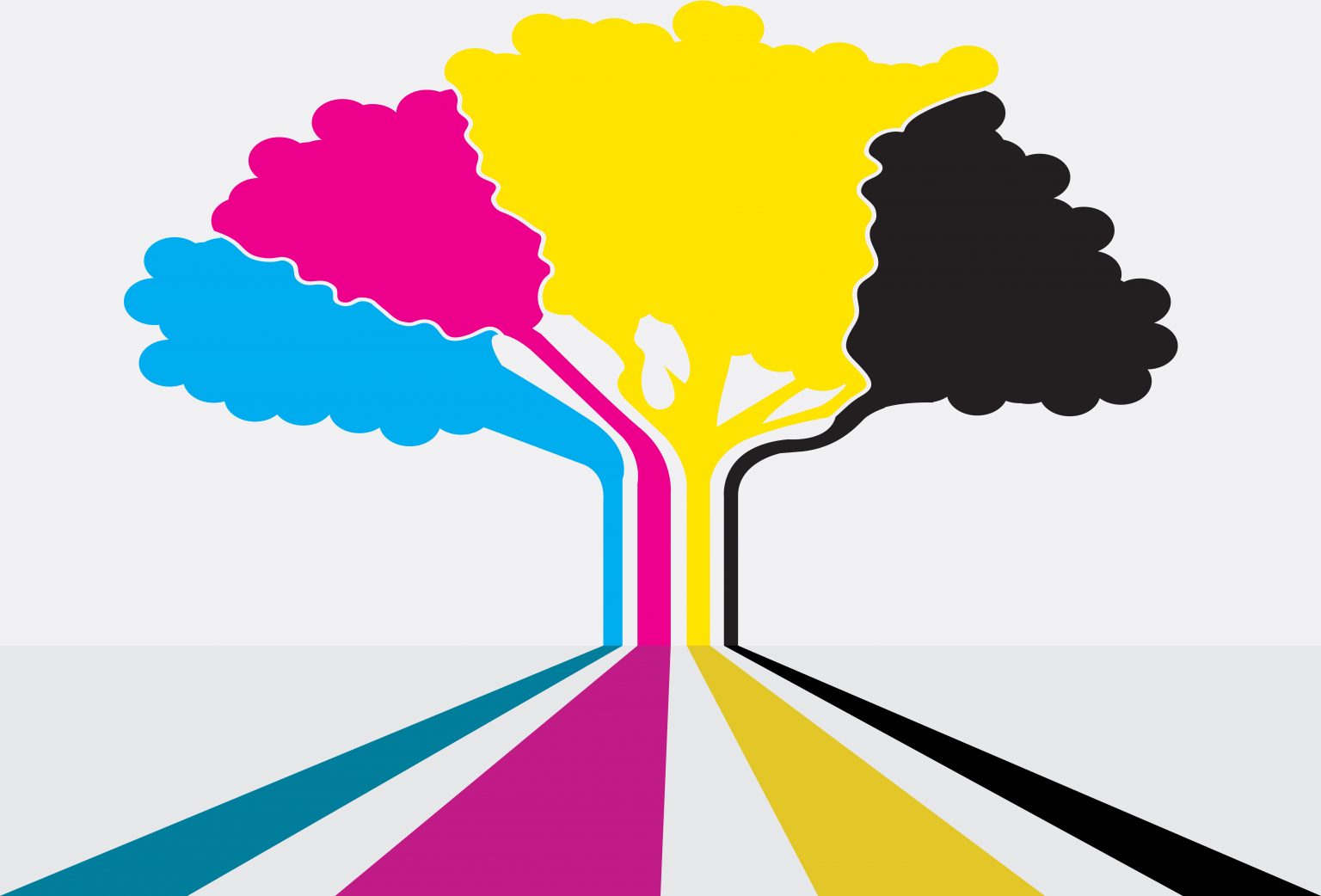By Sander Sondaal, Director Commercial Print Sales, Ricoh Graphic Communications, Ricoh Europe
Paper prices have risen rapidly in 2022. They have hit new highs following a surge in the costs of production, logistics, chemicals, and raw materials, as well as the impact of Russia’s invasion of Ukraine.
This has prompted some organisations to rethink their printed communications.DIY chain Obi is one of them. It has ceased its leaflet distribution in Austria citing high paper costs and environmental protection.
While paper prices impact budgets and consumer choice should be respected, it is important to acknowledge that engaging printed communications can be produced sustainably.
For example:
Paper fibres in Europe were recycled and re-used 3.8 times on average in 2020.
European forests are growing at the rate of 1,500 football pitches every day and act as a major carbon sink.
Between 2010 and 2020 the European region annually removed and stored up to an average of 155 million tonnes of carbon in forest biomass.
The paper industry’s carbon emissions have reduced by 48% per tonne of product from 1990 to 2019.
The European pulp and paper industry is the biggest single user and producer of renewable energy in Europe, with 62% of its primary energy consumption coming from renewable sources.
Although we each use an average of 119kg of paper every year, producing 73kg of CO2 – equal to driving about 600 kilometres in an average European car – electronic communication has its own footprint too. In fact, the European Commission says ICT (Information and Communications Technology industry) accounts for 5-9% of electricity use worldwide, which is more than 2% of global greenhouse gas emissions (as much as all air traffic). Left unchecked, ICT’s footprint could increase to 14% of global emissions by 2040.
Aside from being produced in variable run lengths on demand and on budget, digital printed communications enable marketers to create memorable customised content and personalised interactions. Waste is minimal and costs more effectively managed by producing only what is required.
This is how other retailers are tackling the increased costs. Furniture store chain XXXLutz is committed to its leaflet distribution because of the importanceconsumers attach to them but it has cutcosts by reducing volumes and circulations. International furniture store chain Kika-Leiner has similarly revised its use of brochures but maintains they are ‘still the most important medium in addressing customers in retail’.
Digital printed communications get results as Great Britain’s Joint Industry Committee for Mail (JICMail) reports. Mail drives 4% of consumers to make a purchase and 5% to look up their account details. It is interacted with 4.4 times and has a life span of 7.4 days.
It is now triggering more smartphone and tablet engagement than phone calls.
Collaborative Marketing Club (CMS), in a study with Deutsche Post during the first year of the pandemic, also affirmed direct mail’s effectiveness in driving traffic – especially to e-commerce sites. It stated the value of an order was 8% higher if the sale was originated by a printed piece of communication and the average return on advertising spend (ROAS) was 990%. The average order conversion rate was 4.9%, with personalisation lifting this to 5.7%.
These are impressive results in a world filled with marketing messages. Personalised digital print can cut through the online noise and prompt action. It enables greater targeting for more impactful communications that achieve enhanced return on investment. And is the most environmentally responsible way to print.
www.ricoh-europe.com
